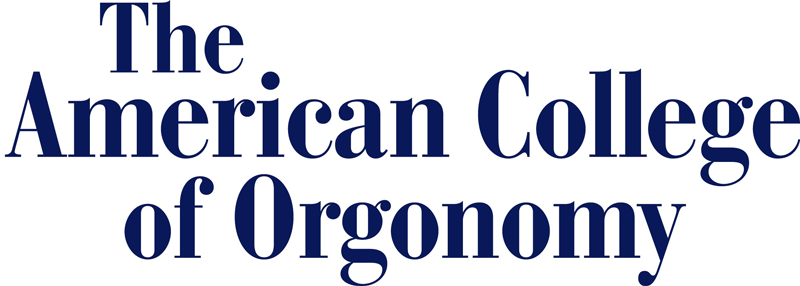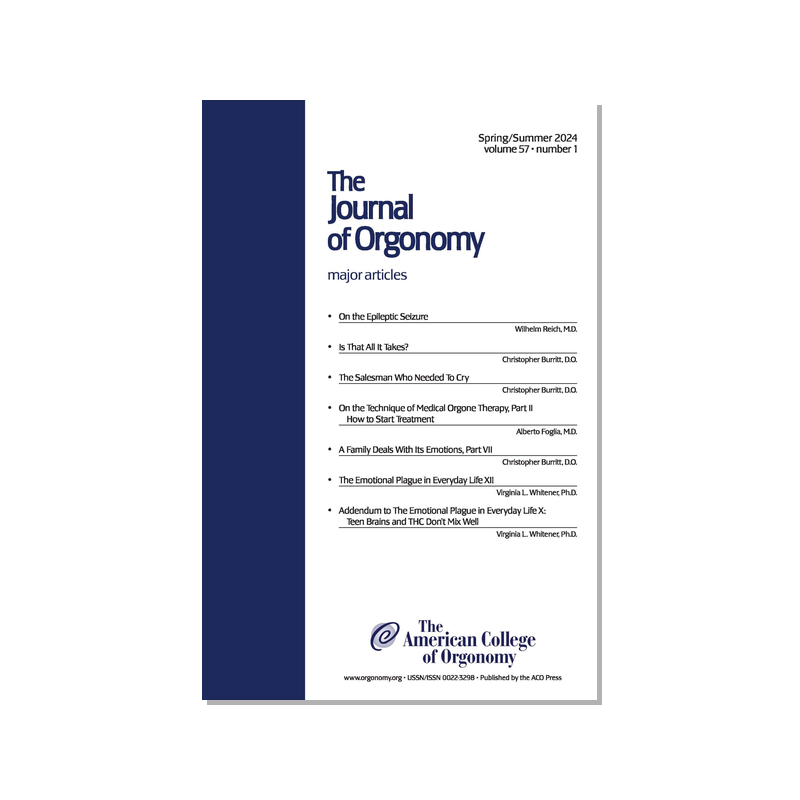The Journal of Orgonomy
$8.00
The Journal of Orgonomy has been published semi-annually by the American College of Orgonomy Press since 1967. The Journal contains a rich collection of articles that follow developments in the sciences of medical, social and physical orgonomy, and there are many case studies describing the treatment of individual patients with medical orgone therapy. Other articles address how orgonomic principles can be applied to everyday life and its challenges such as raising healthy children, teen drug use, love, marital and work relationships. The articles are written so that they are accessible to medical and non-medical audiences alike and give readers a point of view that is as unique as it is valuable.
product description
additional information
| Subscription Type | Print, Digital |
|---|


